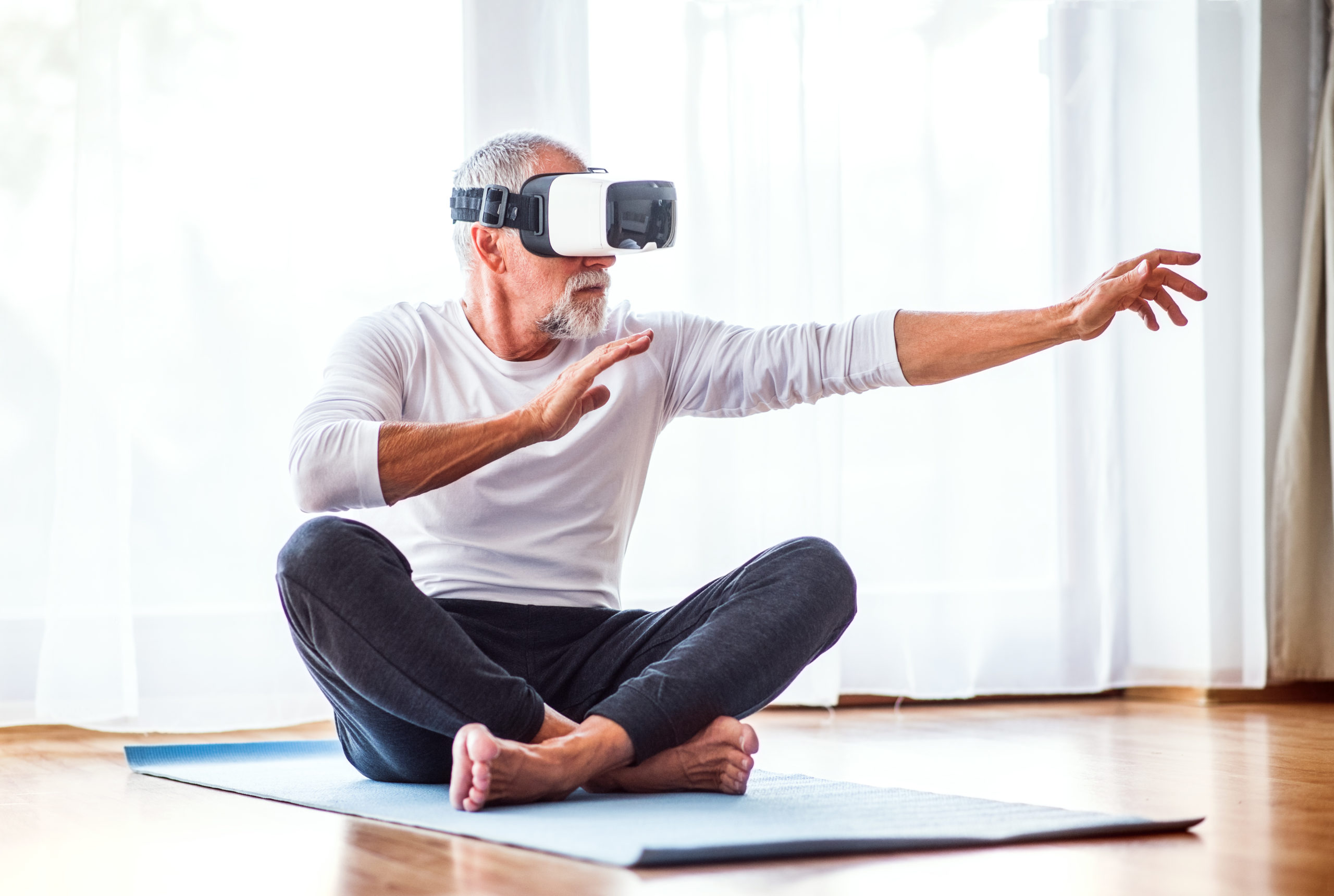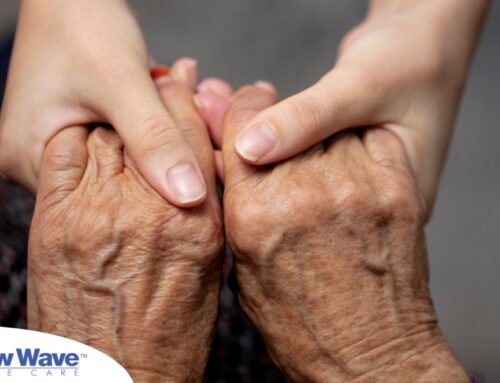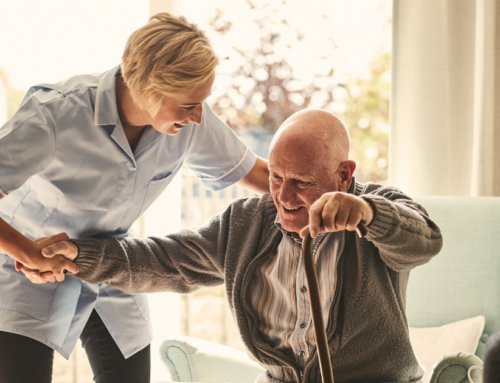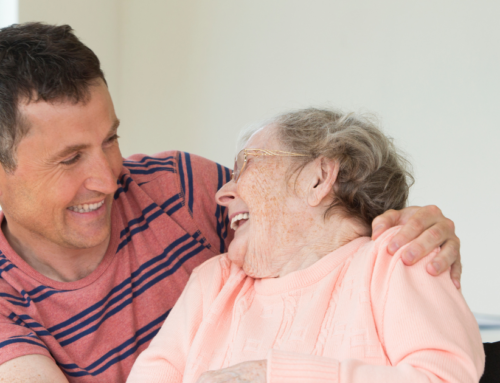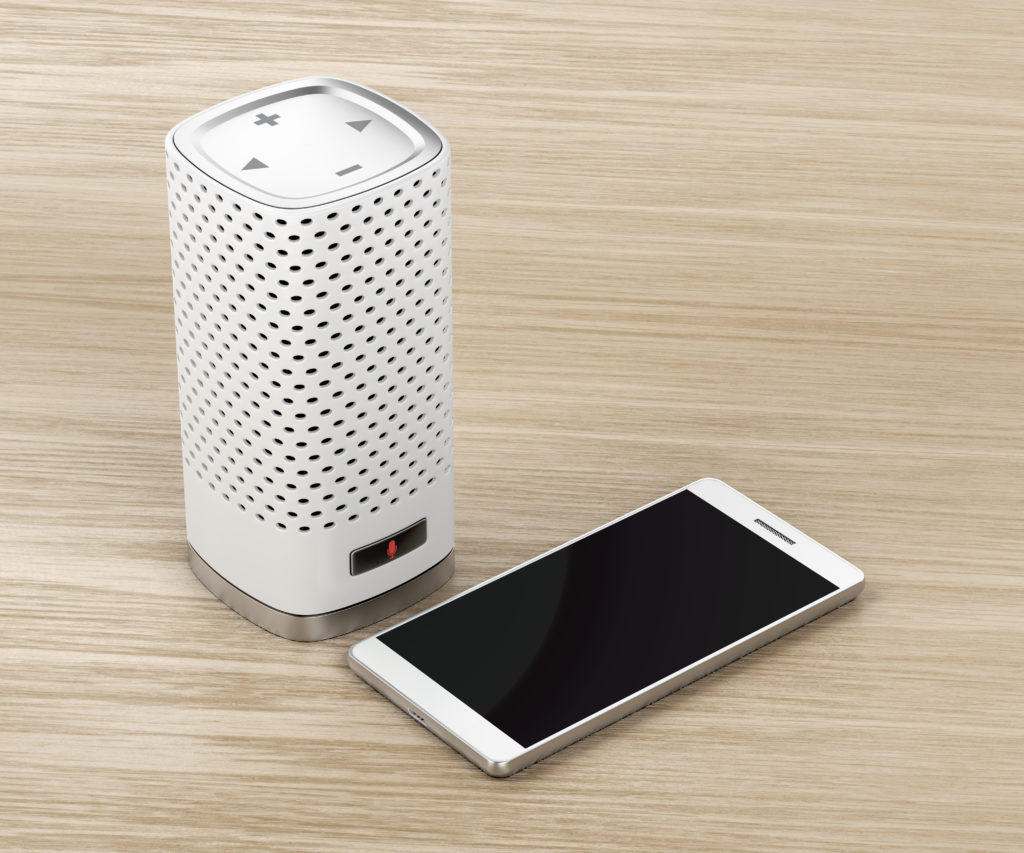
Though it may appear that the younger generations are joined at the hip with their iPhones, iPads, and video games, it turns out that modern technology has also turned its attention to eldercare devices that promote health, happiness, and safety for seniors, while also providing relief for caregivers. Though many people complain that such technology has negatively impacted human interaction, these and other devices offer proof to the contrary.
As a major portion of our population approaches elderly status, the U.S. census tells us that seniors 85 and older will reach 19 million people by 2050. Referred to as the “oldest old,” which will represent 5% of the American population, the upside is that we are living longer, but the downside will be the drain on resources and the time demanded of family caregivers to keep this population vital and more independent. To pick up the slack, the technology industry has stepped up.
It was said by electronics designer, Henry William Reinbold, an instructor at Bell Labs for over 30 years, “ . . . the essence of engineering is laziness.” That is to say that nearly all technological advances, particularly those aimed at the mainstream, are designed to give us more free time to pursue other interests. (For example, the first commercially viable dishwasher was invented by a woman in 1886.) With that in mind, we’re going to focus on nine tech devices designed to help seniors and caregivers lead better lives—particularly for those who wish to “age in place.”
Technology For Safety
Medical alert systems
Most of us are familiar with “I’ve fallen and I can’t get up,” a pop-culture catchphrase from the ’80s and ’90s that provided plenty of fodder for standup comedians. Of course, to fallen seniors unable to access a telephone, it wasn’t so funny. The commercial that spawned the phrase was for LifeCall, an emergency medical response system that comprised a wearable switch that would enable a distressed senior to speak directly to a dispatch service via a receiver/transmitter without a telephone. The system also alerted family caregivers. Since those days, technology continues to improve. Companies such as the aforementioned LifeCall and Medical Guardian have fall-alert systems for as little as $30 a month that can detect falls and alert family caregivers even when the user is unable to activate a button. Not only do the system’s batteries last longer, but their range is also farther than previous generations of medical alert systems.
Pill dispensing systems
Automated pill dispensers are another technological solution that make aging in place safer. For seniors, taking medication is often more than just a simple matter of remembering to take your pills. There are complicated regimens for medication that require more intensive monitoring. Certain medical alert systems offer high-tech solutions that feature a built-in cellular connection that enables seniors to connect to caregivers without an internet connection or cell service.
Like the fall-alert systems, these are monthly services with a physical interface that can be programmed to dispense specific medicines several times during the day with varying dosages. Some systems can notify multiple caregivers and feature various types of reminders, including audio and/or visual indicators.
There are also locked pill dispensers that can prevent wrong medications from being taken as well as accidental overdoses. Other features may include notifications that pills are not being retrieved on time, medical alerts, refill trays, dispensers for multi-week dosages, and even custom greetings in a familiar voice that can be set as medication reminders, positive feedback, or one-time personalized messages for special occasions.
Home security systems
Rather than just providing a means to detect possible intruders, the technology of home security systems can be repurposed to provide a means for elder adults to age in place. With the increased sensitivity of motion-sensing technology, detectors can be placed throughout the house to monitor a senior’s activity. Systems can be programmed to alert family members, neighbors, or caregivers if irregular activity is detected.
Health-Promoting Technology
Virtual reality to promote movement
There are plenty of young people who don’t enjoy exercising. Now imagine how it feels for seniors who are experiencing stiffness in joints, lower back pain, hip pain, loss of balance, or conditions that cause chronic pain, including musculoskeletal disorders, such as arthritis and osteoporosis, peripheral vascular disorders, and neuropathic pain. Hard to get happy after that, let alone think about exercising, but exercise is necessary to stave off worsening symptoms. On the less dramatic side, there are seniors who may be able to move about easily have lost their desire to exercise.
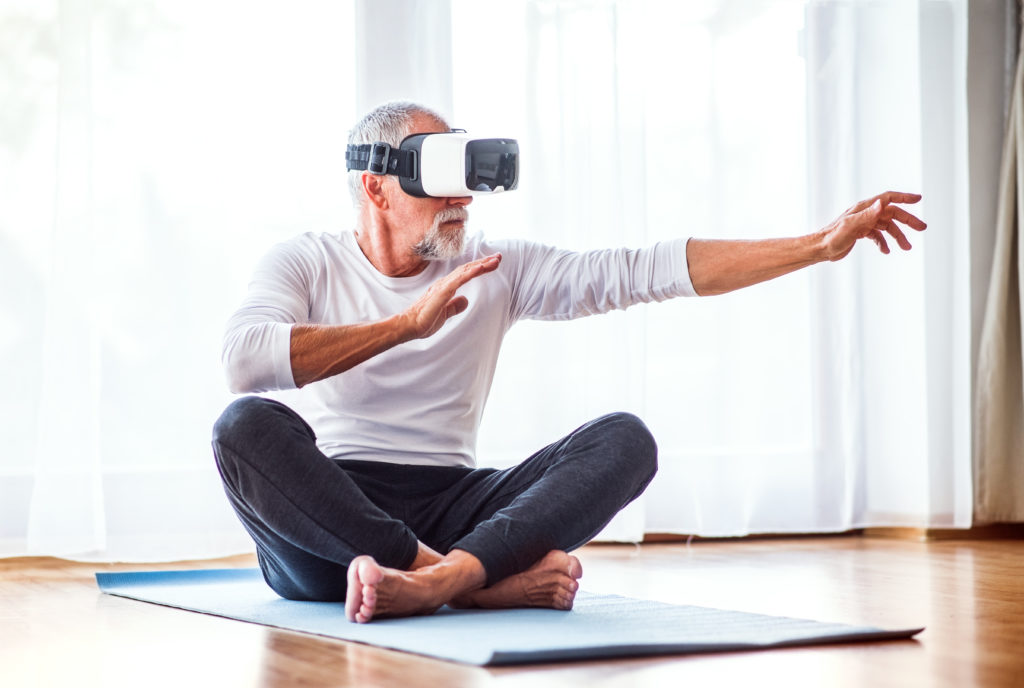
Another repurposed health-promoting technology, surprisingly, is virtual reality (VR). VR is mostly found in gaming, but thanks to companies such as Neuro Rehab VR, it is now being used to encourage seniors to move—in particular those who are engaged in physical therapy following a fall, stroke, or other degenerative diseases.
This VR system is advanced to the point where they can tailor each exercise to a patient’s needs and abilities. While wearing the VR devices, elderly users are guided to focus on the virtual scenario instead of the pain associated with the movement.
Automated stool and urine analysis
According to what may be revisionist history, the physician attending Pu Yi, the last emperor of China, would smell the infant emperor’s poop to make sure he was healthy and getting enough bean curd in his diet. While a tad gross to consider, it’s not unreasonable, considering that we take stool samples in modern medicine to determine health conditions.
Taking the worry out of being close, TrueLoo™ by Toi Labs is another system that monitors the health of aging seniors. In this case, the “Loo” in the name refers to the British colloquial expression for “pooping palace” (let’s keep the royal theme going).
TrueLoo is a digital health solution that addresses chronic lower digestive and urinary conditions prevalent in seniors. Connected to the toilet seat, it doesn’t require any change in behavior. Once in place, TrueLoo monitors stool and urine 24/7 for myriad chronic health issues, that if left untreated, could lead to ER visits and hospitalization. TrueLoo also helps prevent these problems from escalating by automating the collection of stool and urine data and flagging potential signs, as well as recommending appropriate courses of action.
Glucose monitoring for diabetics
Companies such as FreeStyle Libre make life-saving systems for diabetics that monitor blood sugar levels. Since diabetics get poked by needles regularly, Libre is a monitoring device that checks your glucose levels with a painless scan rather than a finger-stick (unless required for treatment decisions). It’s also water-resistant so you can swim, shower, or exercise while wearing it. If your aging parent has diabetes, the system can notify you when mom or dad’s blood sugar becomes too high or too low. The FreeStyle LibreLinkUp can allow up to 20 people to remotely track your glucose data and trends from their smartphones. Keep in mind that while these systems may sound miraculous, there are limitations.
Technology to Entertain and Engage
Virtual assistants
Alexa, Siri, and other virtual assistants allow senior citizens to interact with technology more easily than ever before. Simple voice commands enable seniors to communicate with family members, call for help, check the weather, or listen to music. Some elderly citizens have embraced this technology and use it to connect with the outside world. Even though the interaction is via computer, it still can reduce feelings of loneliness and isolation.
Robotic dogs and cats
It’s been well documented that pets have a healing effect on humans in terms of decreasing blood pressure, cholesterol, triglyceride levels, and feelings of loneliness. However, they also require a lot of care, attention, and work—something that may act as a stressor for seniors, or be downright impossible for seniors with mobility issues. However, the need for companionship remains. Ageless Innovation, a team formed at Hasbro, has come up with the Joy For All brand, which makes robotic companion pets. Designed to bring comfort, companionship, and fun to elder loved ones, these furry interactive cats and puppies are all about ease-of-care and convenience. They respond to a few simple commands and don’t require feeding or daily walks, but it’s reported that seniors rapidly bond with their robotic pets.
Kindle and iPad
Lastly in our discussion of senior-centric technology, Kindle and iPads are great tools for engaging senior citizens. They’re fairly easy to use and can provide all-in-one entertainment solution for those who are unable to leave the house. With adjustable font size and screen illumination, these devices make reading easier or let you listen to audiobooks if you’d rather not stare at a screen. And while your robotic dog may not be able to go outside and retrieve the morning newspaper, these devices can bring it to you without risking a fall outside or leaving the comfort of home.
Aging in place extended by technology

While some seniors may balk at technology and how it’s impacted the world they live in, it’s important to note that with changes also come beneficial developments. Such technology makes it easier for seniors to live at home with dignity longer than ever before. Overall, they enable seniors to live happier and healthier lives. These technological advances also give caregiving family members a much needed breather. Now they can check up on their parents without having to go to their homes continually, thus enabling them to devote more time to their own families and not have to cut back on work hours as much. There’s also the peace of mind that makes it easier to sleep at night when you know that the safety, happiness, and health of your loved one is being vigilantly monitored.
Disclaimer: New Wave Health Care does not endorse any of the companies mentioned in this article. Their mention is purely for information sake and a starting point for personal research.
